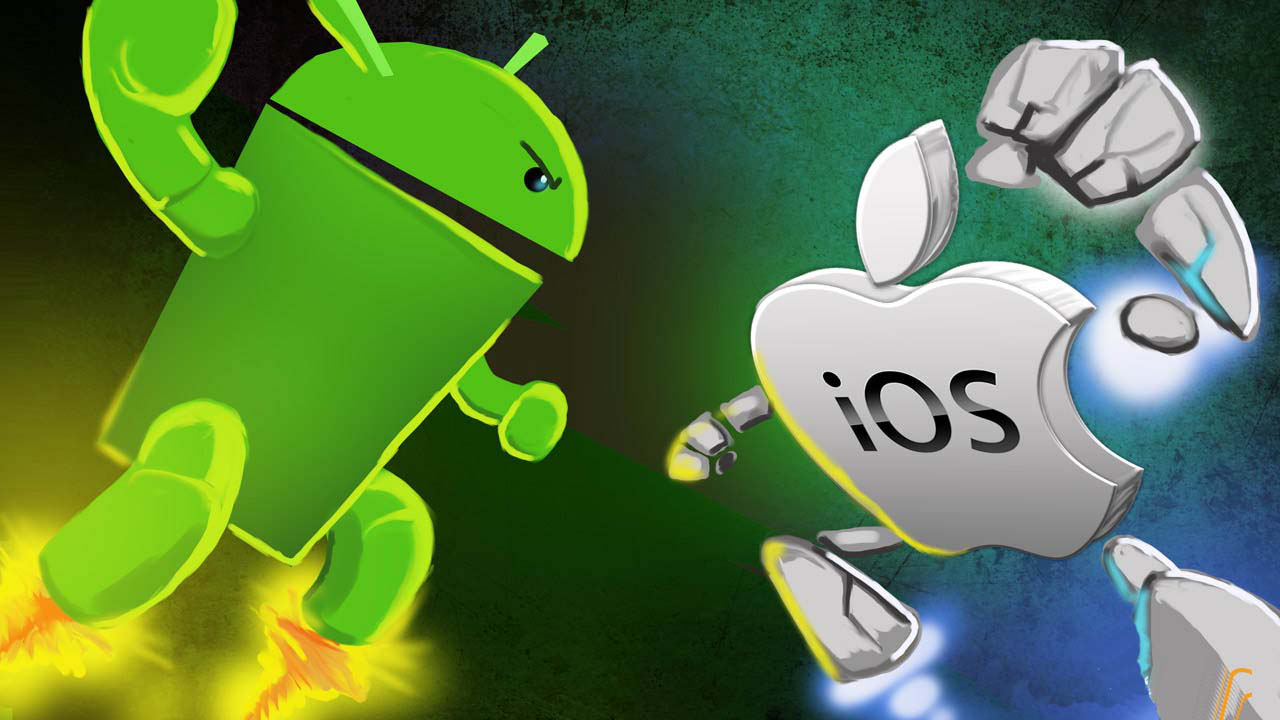Android support libraries are used in almost all android applications for overcoming compatibility issues across various Android OS versions and devices. These libraries also allow users to add various kinds of updated widgets to the application. These libraries are updated over time depending on the latest android versions.
The name assigned to the support libraries is meant to indicate which version is supported by them. However, mentioning the version at the end does not fulfil its purpose. This is because as the libraries have evolved, the minimum version of the Android API level increased to 14. The developers also find the naming criteria confusing as one cannot pinpoint all the classes included in a particular library just by looking at the name.
After understanding the challenges that the developers were facing, Google decided to launch Android Jetpack in the year 2018. Jetpack brings together the existing support libraries and the key components of android architecture with the Android KTX library. It can be referred to as a single modular entity that was launched was the convenience of app developers who were looking for a refined and updated solution. Hence, Jetpack is nothing but a set of software components, tools, libraries, and guidance that assist in developing incredible Android apps.

The software components of Android Jetpack have been divided into four main categories.
- Foundation components
The core system components of android apps can be found in the Foundation area. The Kotlin extension for language support and the testing libraries are also present in it. Furthermore, backward compatibility is also provided from the libraries present within this component.
- Architecture components
This component of Android Jetpack comprises eight libraries and tools that are responsible for developing robust applications. It also assists in better management of data that the application is using. It also assists with designing app architecture patterns.
- Behavior components
This covers those libraries that permit the users to interact with the application through the user interface. This component integrates standard Android services such as downloading, notification, sharing, permissions, assistance, etc.
- UI components
This includes animations, widgets, palettes, and more for improving the user experience. it also covers emoji fonts to be used in the apps. Animation and transition library comprises APIs for setting up the transitions between animations and screens while moving widgets as well as for visualizing updates in layout. It also covers libraries that include components for the development of apps for Android Auto. These apps can be tested on car screens using Desktop Head Unit (DHU).

How is Android Jetpack beneficial in Android App development?
- Boosts productivity – Jetpack is ideal for updating features that are more adaptable and built to work cohesively. Several android application development professionals rely on Kotlin language as it offers numerous advantages such as boosting productivity.
- No boilerplate code – The Android Jetpack helps in withstanding even the toughest activities such as lifecycle management, navigation and background tasks.
- Focus for developers – With Android Jetpack, it is easier to focus on the requirements of the applications. This is the reason why businesses rely on android developers to easily integrate new features into the app.
- Developing high-quality applications – Android jetpack assists the developers in integrating modern design practices by easily eliminating more possibilities for crashes.

Advantages of Android Jetpack
- Allows the apps developed to run smoothly across all android platform versions
- Backward compatibility and independent functionality
- Better testability and productivity features
- Up-to-date design techniques
- Enhances the process of app development
- Easy resolution of issues
This one is just showing the image link in the Copyscape result





Nice one